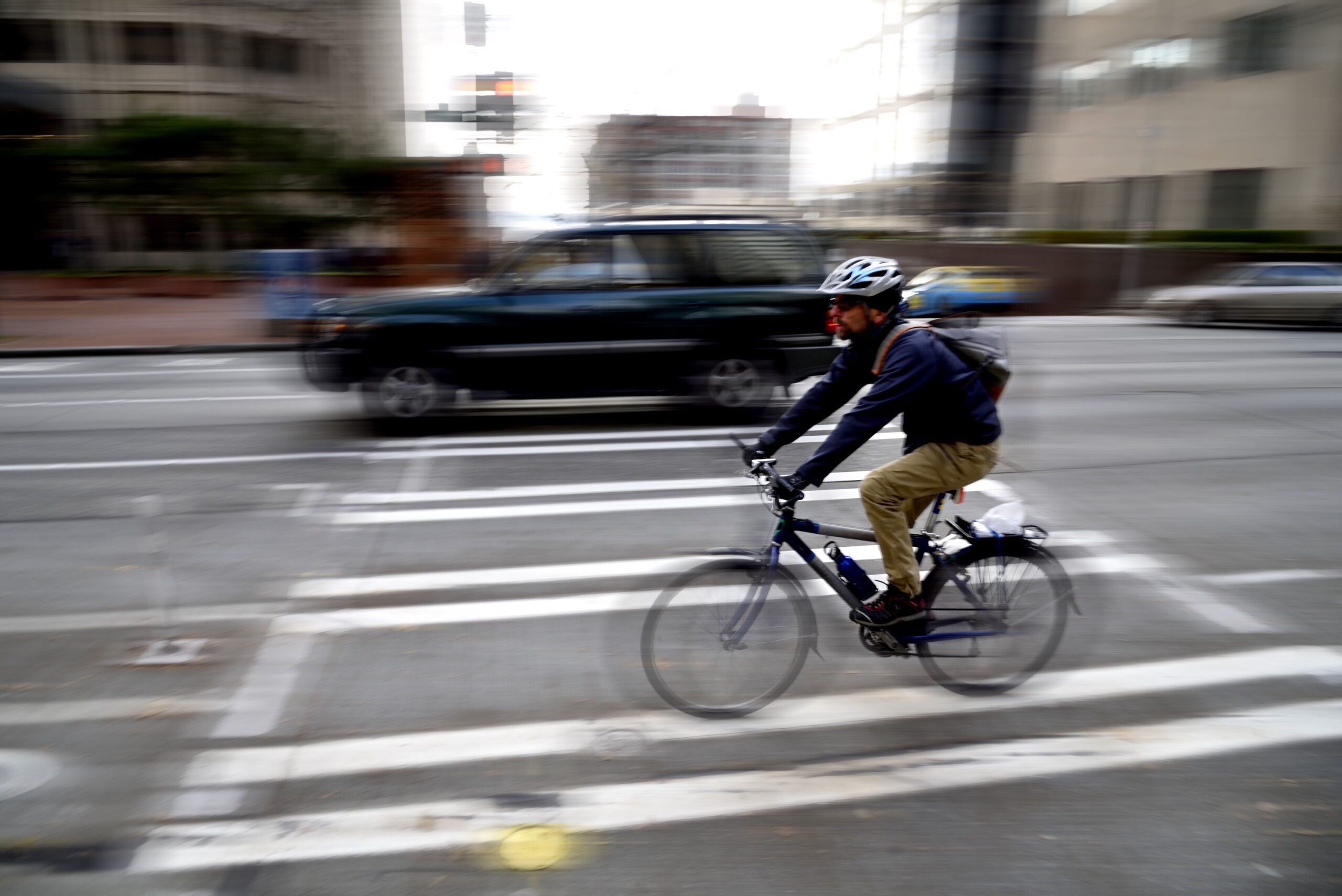Vision Zero is dedicated to reducing cyclist fatalities, traffic fatalities, and achieving ambitious safety goals on roadways. By prioritizing the safety of cyclists and all road users, Vision Zero initiatives aim to eliminate preventable fatalities and create safer transportation environments. This article explores the efforts to reduce cyclist fatalities, overall traffic fatalities, and the overarching safety goals within the Vision Zero framework.
Vision Zero Cyclist Fatalities
Reducing cyclist fatalities involves targeted interventions and infrastructure improvements:
- Protected Bike Lanes: Implementing protected bike lanes separated from vehicular traffic by physical barriers to reduce the risk of collisions and protect cyclists.
- Intersection Safety: Enhancing safety at intersections with dedicated bike signal phases, bike boxes, and improved visibility to reduce the likelihood of crashes involving cyclists.
- Driver Education: Educating motorists about the importance of sharing the road with cyclists, giving them sufficient space when passing, and being aware of cyclists’ presence to prevent collisions.
- Cyclist Education: Providing education and resources for cyclists on safe riding practices, visibility enhancements, and understanding traffic laws to reduce their vulnerability on the road.
Vision Zero Traffic Fatalities
Reducing traffic fatalities requires a comprehensive approach addressing various contributing factors:
- Speed Reduction: Implementing measures to reduce vehicle speeds, such as lowering speed limits, traffic calming measures, and automated speed enforcement, to decrease the severity of crashes and prevent fatalities.
- Distracted Driving Prevention: Enforcing laws and promoting awareness campaigns to combat distracted driving behaviors, including texting, using handheld devices, and other distractions that increase the risk of crashes.
- Impaired Driving Enforcement: Strengthening enforcement efforts against impaired driving, including alcohol and drug impairment, through sobriety checkpoints, public awareness campaigns, and harsh penalties for offenders.
- Vulnerable Road User Protection: Implementing measures to protect vulnerable road users, including pedestrians, cyclists, and motorcyclists, through infrastructure improvements, enhanced visibility, and public education campaigns.
Vision Zero Safety Goals
The overarching safety goals of Vision Zero encompass the following key objectives:
- Zero Fatalities: Achieving zero traffic-related fatalities, recognizing that even one loss of life is unacceptable and striving for continuous improvement in road safety.
- Zero Severe Injuries: Eliminating severe injuries resulting from traffic crashes, emphasizing the importance of preventing life-altering injuries in addition to fatalities.
- Safe, Equitable Transportation: Creating transportation systems that prioritize safety and equity for all road users, ensuring that everyone can travel safely regardless of mode of transportation or socioeconomic status.
- Sustainable Mobility: Promoting sustainable mobility solutions that reduce reliance on single-occupancy vehicles, decrease traffic congestion, and mitigate the environmental impacts of transportation.
Conclusion
Vision Zero aims to reduce cyclist fatalities, traffic fatalities, and achieve ambitious safety goals through targeted interventions, public awareness campaigns, and collaboration with stakeholders. By prioritizing cyclist safety, addressing traffic fatalities comprehensively, and striving for zero fatalities and severe injuries, Vision Zero initiatives are working towards creating safer transportation environments for all. Through continued efforts, education, and a commitment to safety, Vision Zero remains dedicated to saving lives and preventing unnecessary tragedies on roadways.



